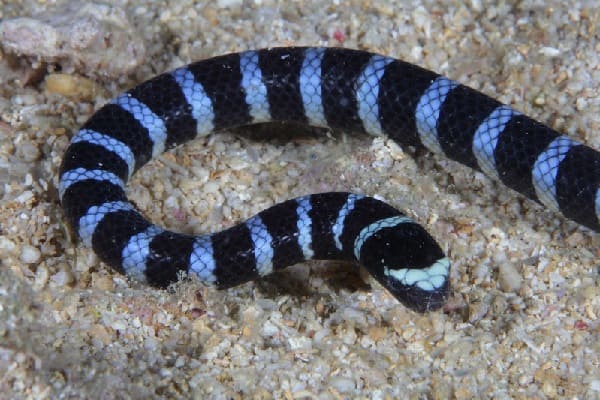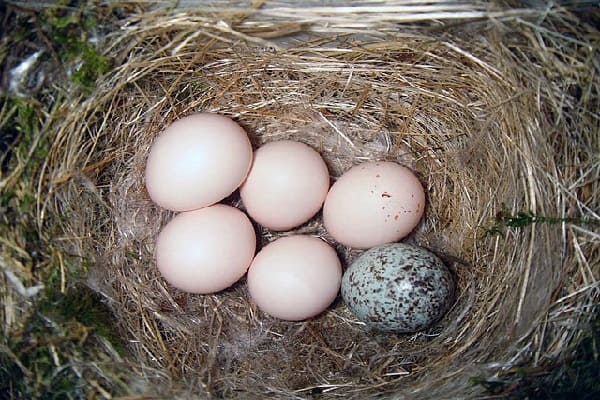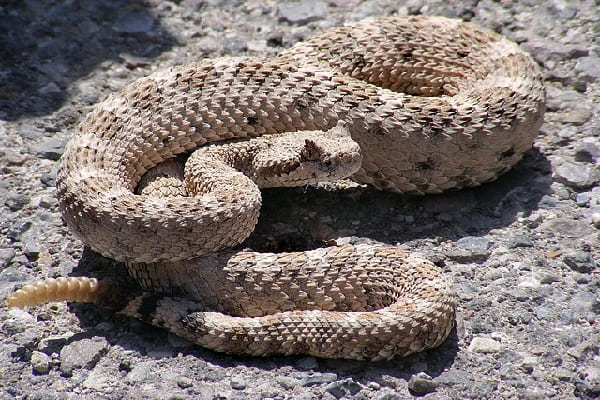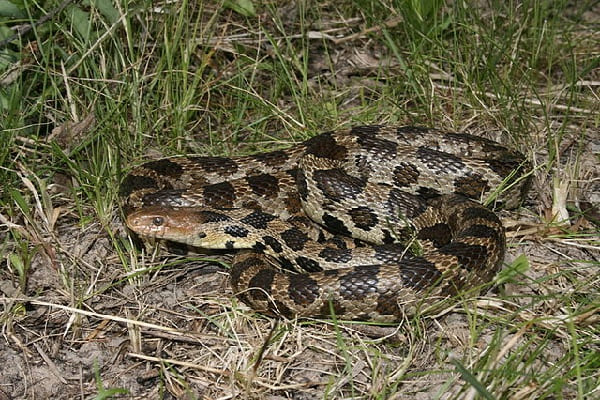
11/28/2022 5 minute read
Coiling the Truth: What Snakes Really Do
Snakes are elongated, legless reptiles that can be found in almost every part of the world, except for the polar regions. While most snakes are harmless to humans, some species are venomous and can cause serious harm or even death. Venomous snakes are found in various parts of the world, including Africa, Australia, Asia, and the Americas. These snakes use their venom to immobilize and kill their prey, which then the snake’s mouth can stretch to swallow a whole prey.
Snakes eat a wide variety of animals, including rodents, birds, frogs, and other snakes. Most snakes are carnivorous and have a specialized diet that is dependent on their size and habitat. Some snakes, such as pythons and boas, can go without food for weeks or even months after a large meal, while others, such as small venomous snakes, require more frequent feedings. Despite their reputation, most snakes are an important part of their ecosystem, helping to control populations of pests and other animals.

Snake Behavior and Habits
Snake behavior and habits are fascinating to study, as they can vary greatly between different species of snakes. For example, some snakes lay eggs, while others give birth to live young. Sea snakes are a unique type of snake that has adapted to life in the ocean and has distinct behaviors and habits that set them apart from other snakes. Apart from that, very few snakes are known as flying snakes and are mostly found in South and Southeast Asia.
Coral snakes are another interesting type of snake that is known for their distinctive and colorful banding pattern. These snakes are found in the Americas and have a venomous bite, making them potentially dangerous to humans. Understanding the behavior and habits of snakes can help us to better coexist with these fascinating creatures and avoid any potential conflicts or dangers.

Feeding Habits
The feeding habits of different species can vary significantly depending on their habitat, size, and behavior. While some snakes prefer to hunt and eat live prey, others may feed on insects, eggs, or even other snakes. Some of the larger snakes, such as pythons and boas, are known for their ability to swallow whole prey that is much larger than themselves.
Venomous snakes, such as cobras and vipers, have specialized feeding habits that allow them to effectively immobilize and kill their prey with their venomous bite. Despite their sometimes intimidating reputation, snakes are an important part of many ecosystems, helping to control the populations of various prey species. Snake bites can be a concern for humans who come into contact with venomous species, so it is important to take precautions and seek medical attention if necessary.

Reproduction And Lifespan Of Snakes
Like their feeding habits, the reproductive behavior and lifespan of snakes can also vary greatly between different species. Some species, such as boas and pythons, give birth to live young, while others, such as rattlesnakes and copperheads, lay eggs. The size and number of offspring can also vary widely between different species.
The lifespan of a snake can also vary depending on factors such as its environment and diet. Some species may live only a few years, while others can live for several decades. Understanding the reproductive behavior and lifespan of snakes can be important for conservation efforts, as it can help to inform management strategies for protecting and preserving different species.
Defense Mechanisms and Adaptations
Snakes have evolved a variety of defense mechanisms and adaptations that help them to survive in their respective habitats. Some poisonous snakes, such as cobras and vipers, have venomous bites that they use to protect themselves from predators and to immobilize their prey. Other species, such as the hognose snake, use bluffing behaviors to ward off predators.
Snakes also have a number of physical adaptations that help them to survive in their environments. Some species, such as tree snakes, have adapted to climb trees and other structures to escape danger or hunt for prey. Other species, such as sea snakes, and other aquatic snakes have evolved to live and hunt in aquatic environments. Understanding the defense mechanisms and adaptations of different species can help us to appreciate their unique characteristics and better understand their role in the ecosystem.

Types of Snakes and Their Characteristics
There are a vast number of snakes in the world, each with their own unique characteristics and adaptations. Some of the most common types of snakes include nonvenomous snakes such as fox snakes, gopher snakes, and corn snakes, which are popular pets and can be found in many parts of the world. These snakes are often harmless to humans and feed on small rodents and other prey.
On the other hand, there are also many species of venomous or poisonous snake that can pose a danger to humans. These include pit vipers, such as rattlesnakes, copperheads, and cottonmouths, which are found primarily in North and South America. Other dangerous snake species include cobras, coral snake, and mambas, which are found in various parts of the world.
The characteristics of different snake species can vary widely, depending on factors such as their habitat, size, and diet. A few species, such as boa constrictors and pythons, are known for their ability to constrict and suffocate their prey, while others, such as sea snakes, have adapted to hunting and living in aquatic environments. Understanding the characteristics, how snakes live, and the habits of different snake species like how they slither, hiss, coil, rattle, and mate can help us to appreciate the diversity of these fascinating animals and to better understand how they interact with their environments.
Role of Snakes in Human Culture and Mythology
Snakes have played a significant role in human culture and mythology throughout history, and can be found in various forms of art, literature, and religious beliefs around the world. In many cultures, the image of a snake is associated with both positive and negative symbolism. For example, in Hinduism, the god Shiva is often depicted with a snake wrapped around his neck, symbolizing his power and knowledge. Similarly, in ancient Greek mythology, the god of healing, Asclepius, was often depicted with a staff around which a snake was coiled, symbolizing the power of medicine.
At the same time, snakes have also been associated with fear and danger in many cultures. In some parts of the world, venomous snake bites can pose a significant threat to human populations. In many cultures, the image of a snake with its head raised and fangs exposed is often used to symbolize danger or warning.
Despite their sometimes negative reputation, snakes are an important part of many ecosystems around the world. They help to control populations of various prey species, and in turn, are preyed upon by a variety of predators. Understanding the role of snakes in human culture and mythology can help us to appreciate the complex relationship between humans and these fascinating animals.
Conservation and Protection of Snake Populations
Conservation and protection of snake populations are crucial as they play an important role in maintaining the balance of their ecosystems. Unfortunately, snakes often face numerous threats, including habitat destruction, climate change, pollution, and hunting. Additionally, many nonvenomous snake species are often killed due to fear or misunderstanding, which can lead to a significant decline in their populations.
It is essential to recognize that most snakes are not harmful to humans, and they play a crucial role in the food chain. Snakes belong to a group of animals that are known as apex predators, which means they are at the top of the food chain in their ecosystems. This makes them essential in controlling the populations of various prey species, such as rodents, which can cause significant damage to crops and other vegetation.
To protect and conserve snake populations, it is necessary to raise awareness about their importance and to promote conservation measures that reduce their threats. This can include habitat protection, education campaigns, and initiatives to reduce human-snake conflicts. By working to protect these fascinating animals, we can help to ensure the health and sustainability of our ecosystems.
Need Help With Snake Infestation On Your Property?
If you are experiencing a snake infestation on your property, AAAC Wildlife Removal Services can help. Our team of experts is trained in the humane removal and relocation of snakes and can help to ensure that your property is free of these fascinating animals.
It is important to remember that snakes are an important part of our ecosystems, and they play a vital role in controlling populations of prey animals such as rodents. However, if you are experiencing a high number of snakes on your property, it could be a sign of an underlying issue that needs to be addressed. At AAAC Wildlife Removal Services, we use effective and humane removal techniques to ensure that your property remains free of snakes while also promoting the health and sustainability of local ecosystems.
Our team of experts has the knowledge and experience necessary to safely remove snakes from your property and relocate them to a more suitable habitat; preferably an area like forests, or grasslands where not many people live. We also offer services to identify potential entry points and areas of concern that could be attracting snakes to your property. Contact AAAC Wildlife Removal Services today to schedule a consultation and learn how we can help you with your snake infestation.
Final Thoughts
Snakes are fascinating creatures that play an important role in maintaining the balance of ecosystems around the world. Snakes shed their skin and have the ability to live in a variety of environments.
The article discussed the different types of snakes, including nonvenomous and venomous species, and highlighted the importance of conservation and protection of snake populations. Additionally, the role of snakes in human culture and mythology was explored, as well as the need for effective removal services in cases of snake infestations. By understanding the significance of what snakes do in their ecosystems, we can work to promote their preservation and coexist with these remarkable creatures.







